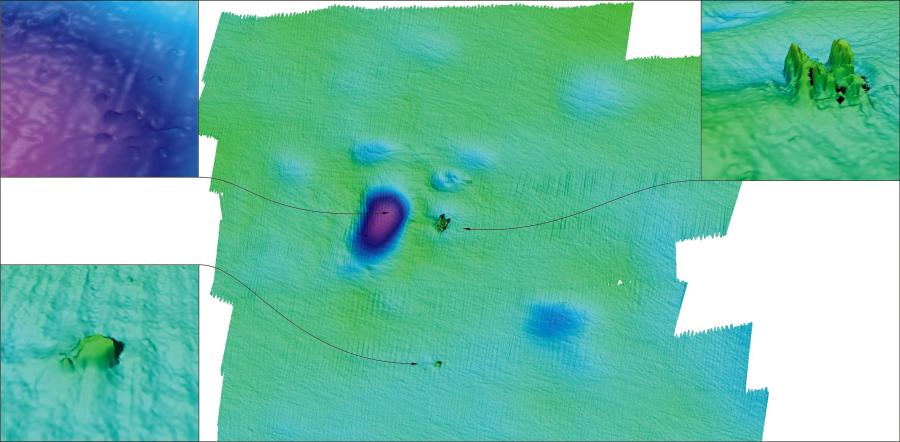
In June 2003, Wessex Archaeology surveyed the wreck site using magnetometer, sub bottom profiler and multibeam sonar. Several magnetic anomalies were identified around the area; one of which was the dive frame used to excavate the site. The largest feature apparent from the sub-bottom profiler results is the four metre deep excavation hole.
Since some of the wreck still remains in the Solent, it is constantly under threat from the movement of sediment together with the potential development of Portsmouth Harbour, which will ultimately have an effect on the archaeological remains.
The Mary Rose Trust was originally established in order to raise funds to excavate the remains of the vessel. It is now responsible for the monitoring of the wreck site and also ensuring the preservation of the raised artefacts and timbers through careful conservation methods, allowing them to be viewed by the public.
A summary of the Mary Rose, including her history, recovery and artefacts, can also be found on the English Heritage website.

